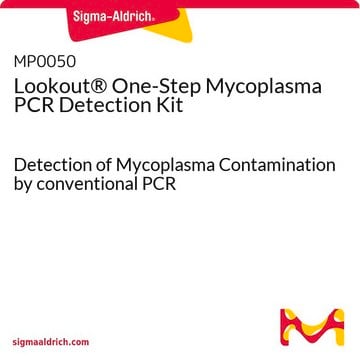This kit is intended for use as a mycoplasma screening and detection tool for cell culture use. It is not suitable for in vitro diagnostics use. While M. pneumoniae and U. urealyticum have been tested and found to be non-reactive, a full list of clinically associated mycoplasma species has not been determined. Please see the image below to review those species that have been tested using this kit.
Please use the following link to review the product Technical Bulletin:
https://www.sigmaaldrich.com/deepweb/assets/sigmaaldrich/product/documents/213/434/mp0035bul.pdf








